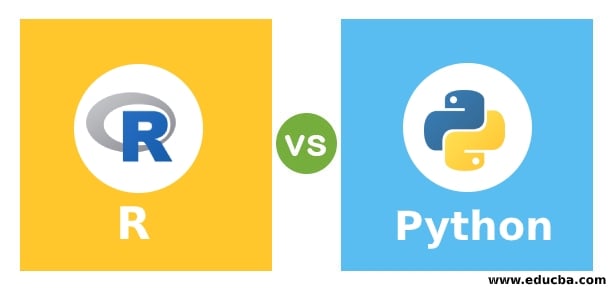


Here’s a quick excerpt from reticulate’s website: The second command prints a confirmation of this which will display in your terminal every time you start your project.If you are like me and have been using R for a long time but would like to explore and add some python capabilities to your workflows, reticulate + R-Studio is a great way to achieve just that. The first command sets this as your python executable. Where is the path to the Python executable in the Python environment you wish to use. Rprofile : Sys.setenv(RETICULATE_PYTHON = "") print(paste("Python environment forced to", Sys.getenv("RETICULATE_PYTHON"))) I usually have these two lines of code in my. Rprofile contains code that will be executed whenever your project starts up. Rprofile file and saving it in the project directory. To avoid any issues related to using the wrong Python interpreter, you can define your Python environment on project startup by creating a.

Define your Python environment on project startup Here are five things you can do that allow you to have a seamless experience coding in both languages in the same project: 1. For this to work you’ll need to have the reticulate package installed and loaded in R. It’s now really easy to work in both languages in the RStudio IDE. In a recent example I wanted to create a Shiny app to produce parameterized Powerpoint documents, and wanted to code my data processing in R to take advantage of the tidyverse but used Python to code the Powerpoint editing which was easy in the python-pptx package. There are things that Python does best and there are things that R does best, so if we can use both when we need to, we can produce our best. It has become more important to me to use the best tools for the job and not be constrained by a single language. Lately I’ve found myself doing more projects using both R and Python together. It’s now really easy to use both languages together to get the best results


 0 kommentar(er)
0 kommentar(er)
